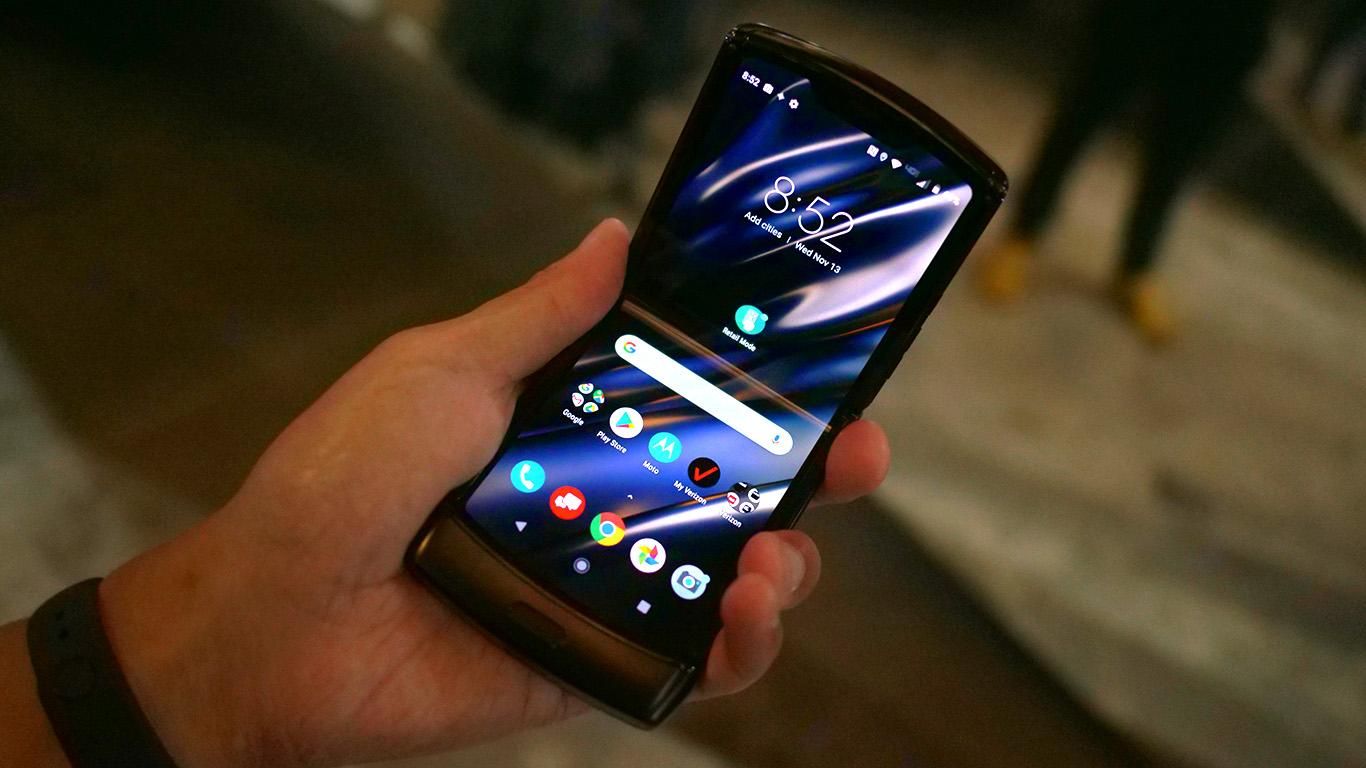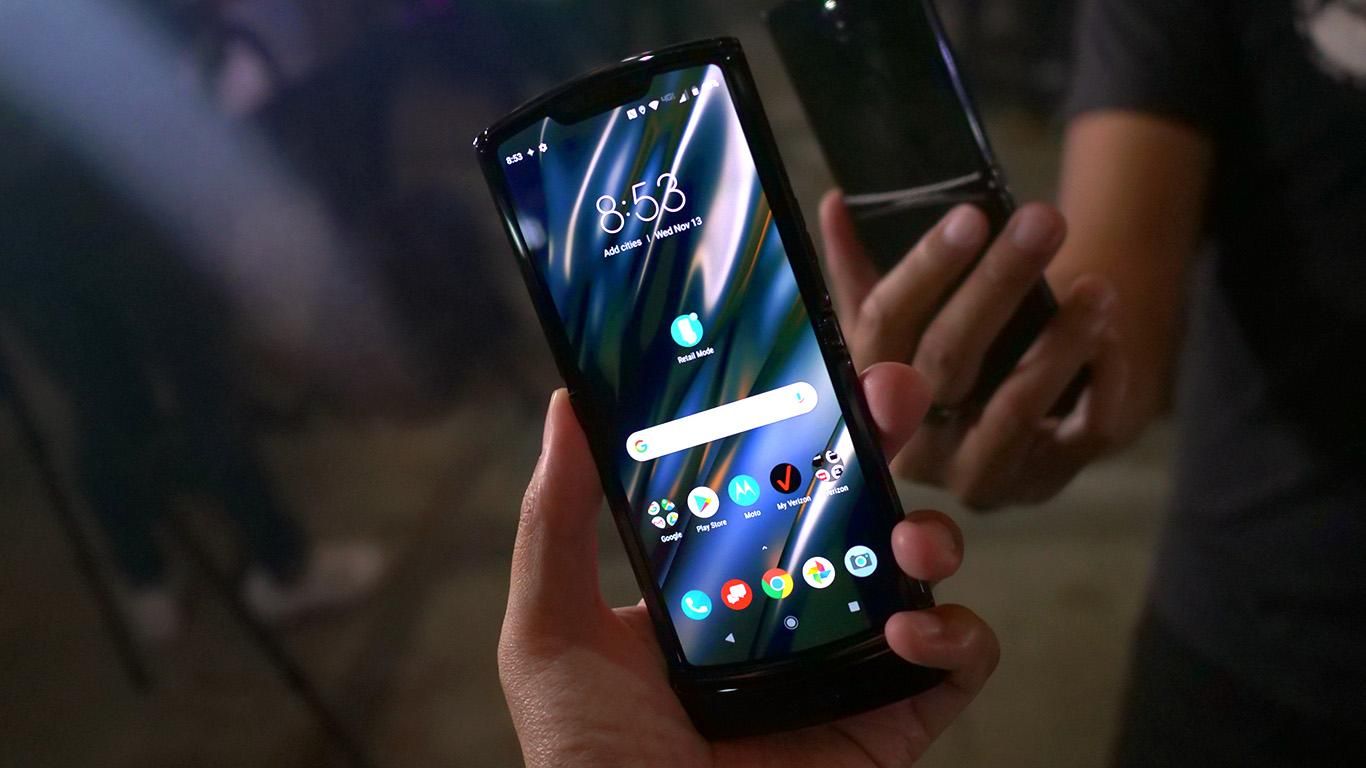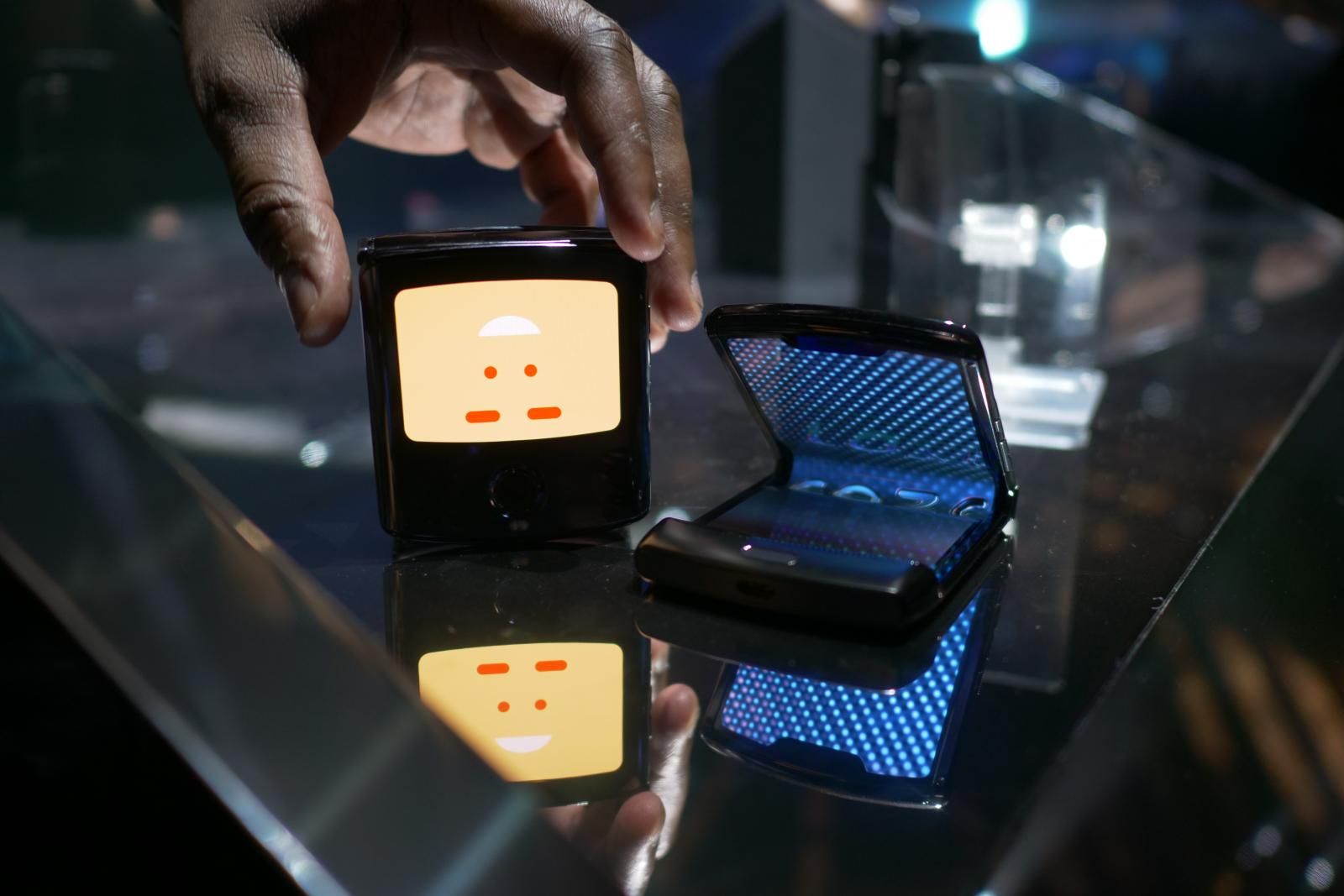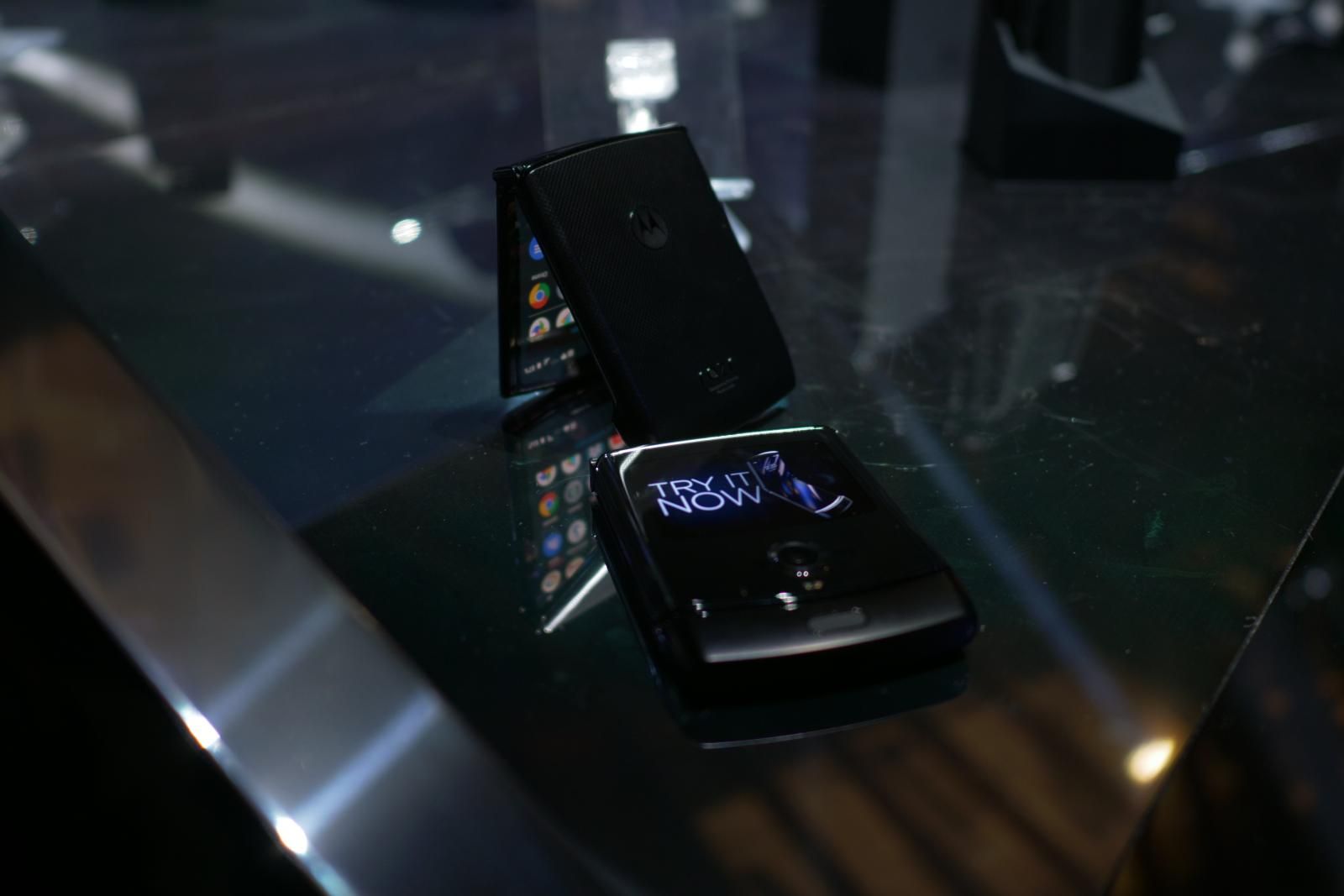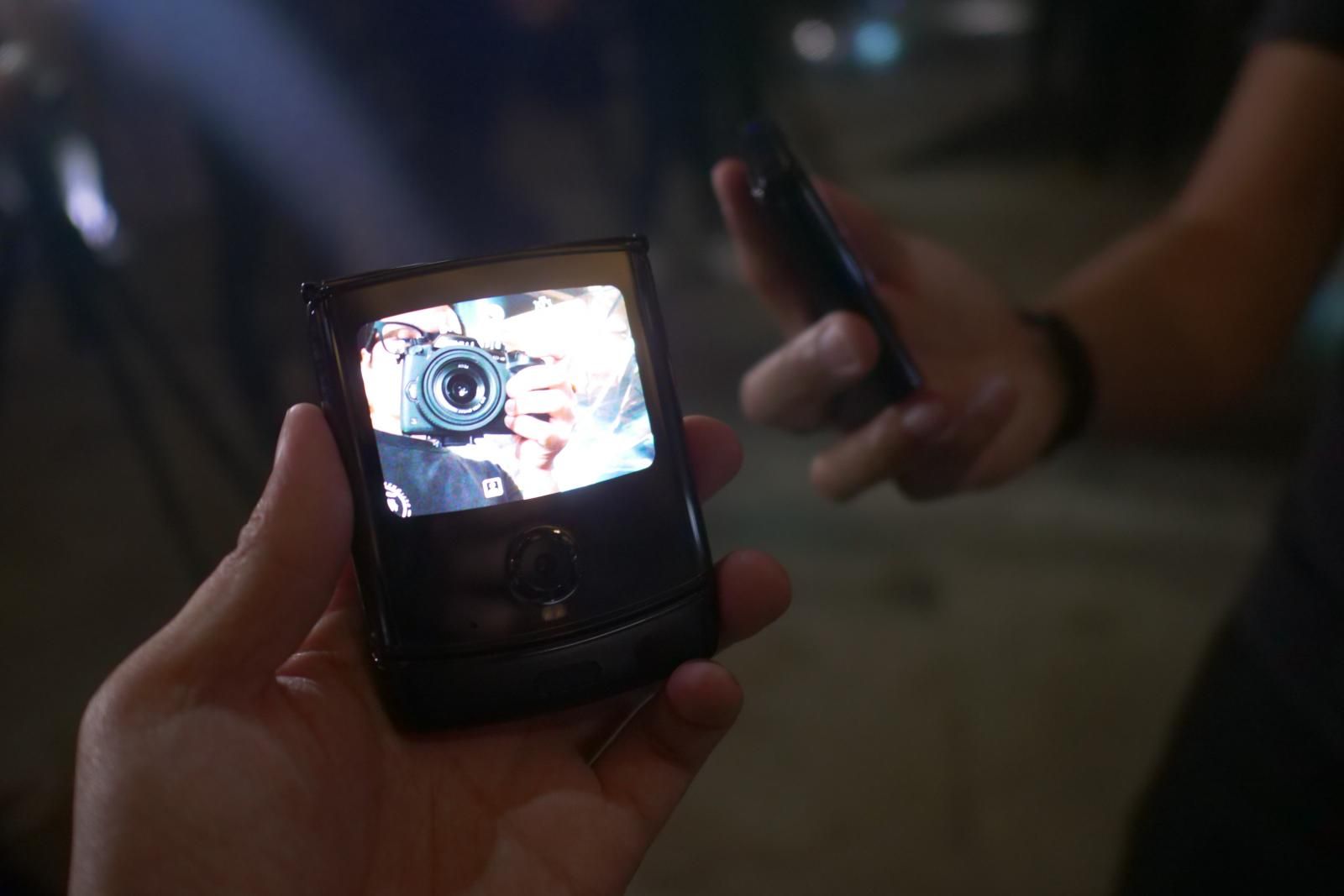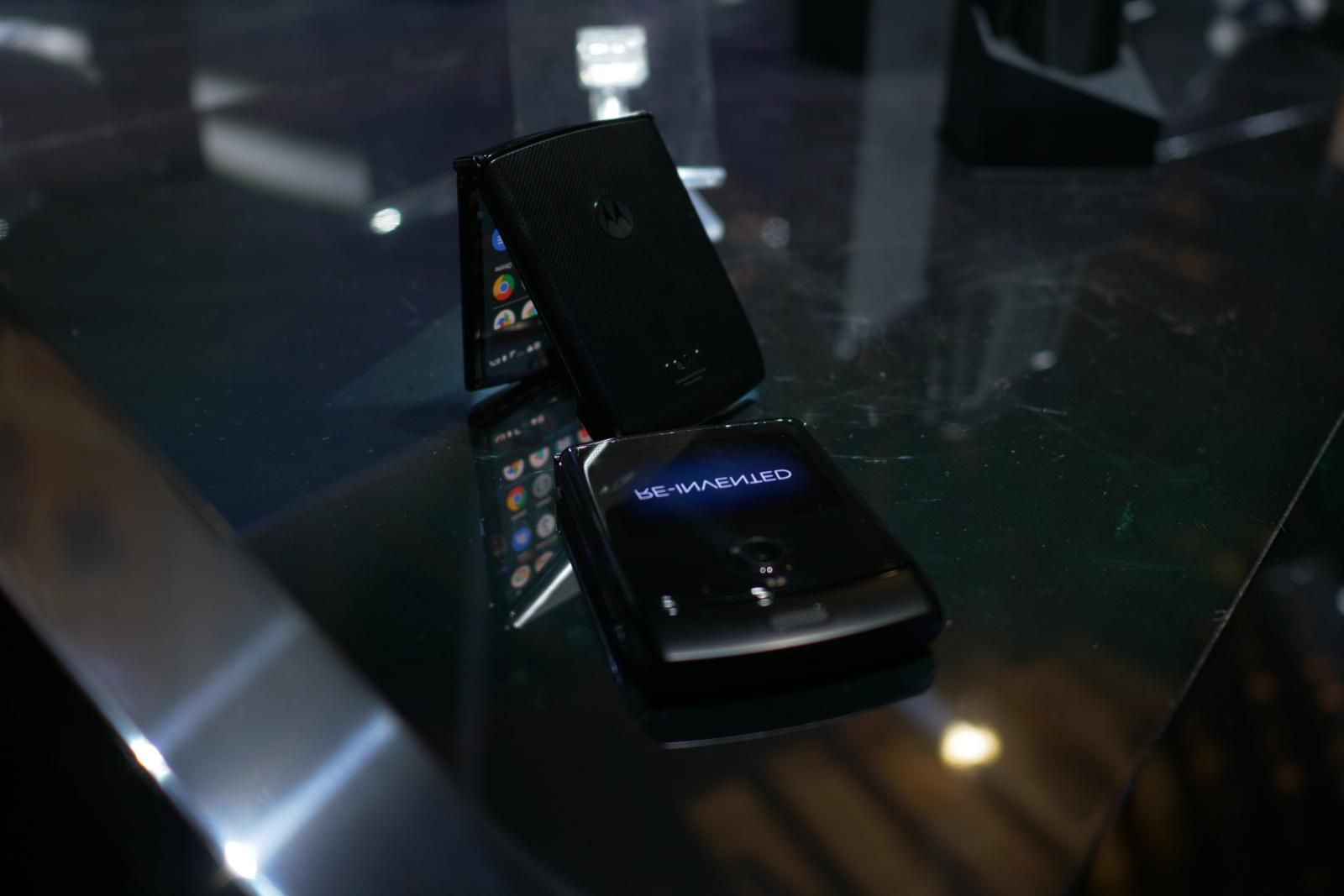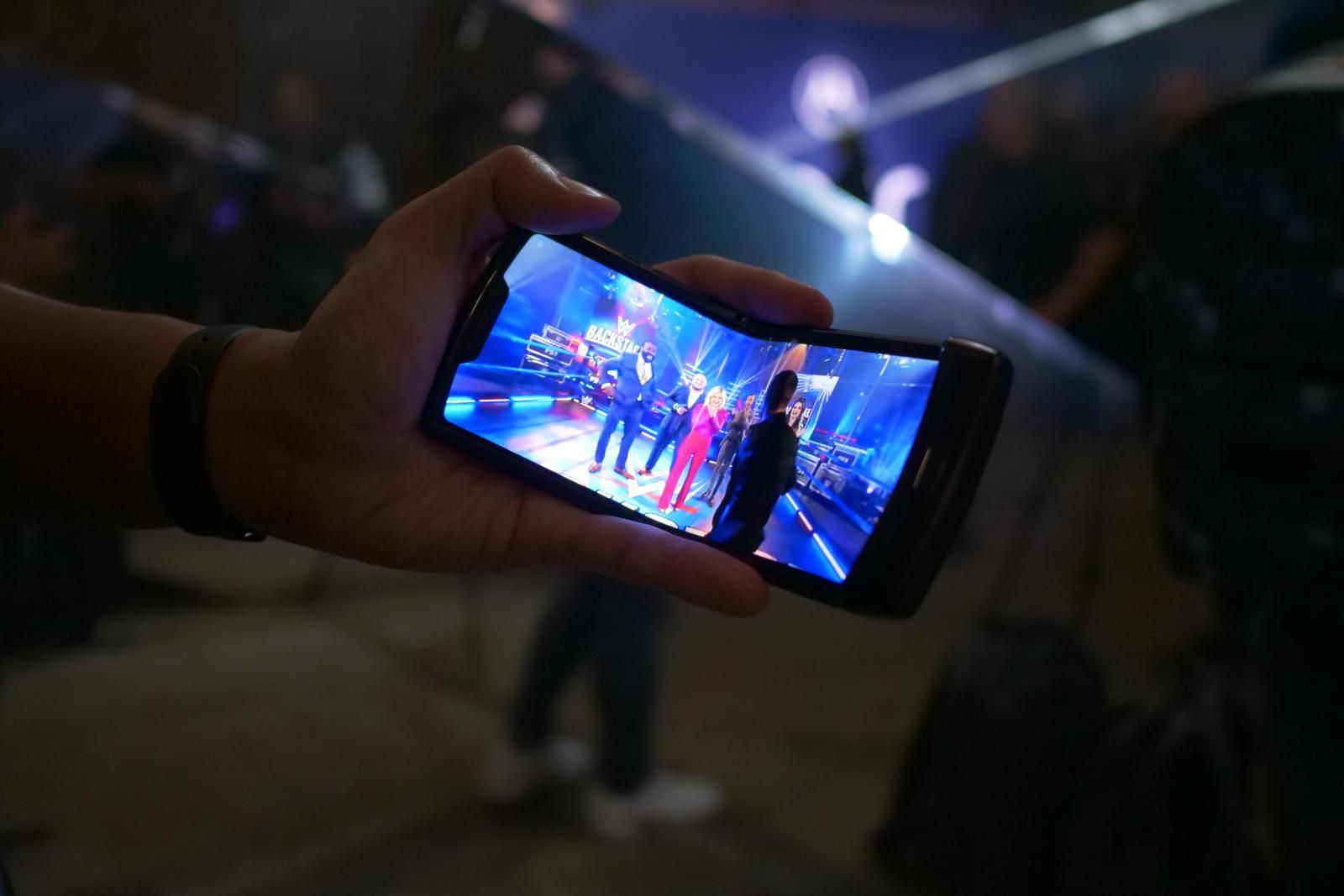It’s been 15 years since Motorola took the world by storm with the original RAZR V3. At the time, the focus was to make phones as sleek and portable as possible, and the original V3 took that premise to a whole new level. Even the advertisement was focused on having it fit in the skinny tight jeans that were popular at the time.
Fast forward nearly two decades and even if flip phones are almost dead, foldables have made quite the splash for helping you carry a larger screen on a smaller footprint. That said, it’s only been to turn tablets into hybrid phones, while most of us were begging for a large screen on a clamshell phone we see today.
This is the new Motorola RAZR that we’ve been drooling about for nearly a year. The unicorn we once thought was only a concept is very real, and actually better in certain ways than other foldables.
So, fun things you should know, this is actually a project 4 years in the making. Lenovo and Motorola assembled a team of engineers in 2015 to see if this idea was even possible, and tested 21 different prototypes before showing us what we have today.
The new Moto RAZR is, well, unlike anything younger generations have ever seen. It’s built of mesh of materials, ranging from a Stainless Steel frame, a polycarbonate back and 3D gorilla glass on its outer layers, all matched with a new zero-gap hinge that allows for the phone to sit flush when closed. This technology is necessary to protect the customized polymer flexible display system from debris and dust. Motorola even re-engineered the antennas to be twice as small as regular smartphones, and nano-coated the entire device, making this the first foldable we know of that’s water resistant and splash proof, even if non-submergible.
This hinge is actually a collaboration with Lenovo’s Yoga team, and it’s really what enables this device. This was the result of 4 different design tests, leading to this final IP patented design that allows the display to curve in a bell shape when the device is closed. The relaxed angle prevents creasing, even when closed flush. The mechanism also provides a smooth tension, so feel free to snap the phone shut when your done with a call, even if the old thunk is no longer there.
Let’s talk more about that display. Motorola dubs this foldable pOLED its Flex View display. It’s 6.2-inches diagonal, with a 21:9 aspect ratio, and an interesting 2149 x 876 resolution. It’s designed to provide Cinematic experience when extended, with the punchy color you’ve come to expect from an OLED. When you are on the go, simply flip the phone shut.
For quick interactions while on the go, you don’t need to open the phone. There’s an outer Quick View touch screen at 2.7-inches diagonal. This is gOLED technology at 600 by 800 resolution and a 4:3 aspect ratio designed to help you make calls, reply to messages, handle payments, control music, take selfies, call on the Google Assistant, and even control settings like Bluetooth, Wi-Fi, your Hotspot, and others.
Now, the more I hold this phone and realize how sleek it is, the more the internals make sense to me. We have a Qualcomm Snapdragon 710 processor, 6GB of RAM, 128GB of storage, a 2,510mAh battery, support for 15W TurboPower Charging, Wi-Fi ac, Bluetooth 5. I mean, it’s so small that it doesn’t even bring a traditional SIM card. eSIM is the only way to go.
The chin of the original design is still here, but houses the bottom firing speaker, along with a fingerprint scanner, and the bevy of antennas that power this device. Originally I thought it housed the battery, but that’s actually a two piece component of the main body.
Software remains the experience we’ve come to love from Motorola for years. The company is not trying to re-invent the wheel or anything. This is just Stock Android with a couple of minor additions to enhance the experience. Sadly this is Android 9 Pie instead of Android 10, but I’ll cut the company some slack given the amount of time it’s taken to bring this product to market.
No bloat, no duplicate apps, no crazy skin. Instead we have Moto Actions which we’ve come to love. Twist your wrist to open the camera, twist again to go into selfie mode. Make a chopping motion twice to turn on the flashlight. Face the phone down on table to not be disturbed by notifications, among other features included. And yes, as expected there is app continuity for those of you that began using the other display and want to continue on the larger canvas. We’ll need some more time to test the user experience and give you a verdict of how useful this all is.
As for the cameras, Motorola didn’t go into much fanfare of what we’re getting, and I think that was on purpose. Camera specs seem kind of 2016, meaning a 16 megapixel shooter at f/1.7 aperture, 1.22 microns, EIS, and that’s about it. The front facing camera is of 5 megapixels, f/2 aperture and 1.12 microns. The capabilities were so vague that I’ll have to get back to you on details when we get a unit for review.
Thing is, yes, this is the Moto RAZR. Retail price is a whopping $1,500, and pre-orders begin late December as a Verizon exclusive at first, and available to consumers early January. We had specific dates of December 26th pre-orders and January 9th availability, but stay tuned cause that might change from what we hear.
I know many of you are gonna start questioning the price for what you get in specs, but you know what, I won’t. Like the recent re-launch of BlackBerries, this is not a gaming phone. It’s meant to be more of a convenient communicator. Thus, original V3 was no cheap cookie at first as it sold as more of a fashion limited edition. We didn’t see a price drop until a year later, so I’m assuming that will be the case here.
All I’m gonna say is that I can’t remember the last time that I was this excited for a phone. To me this is so far the perfect foldable, with no water resistance compromise, no crease, and no need to re-invent the tablet. Whether it lives up to that will have to wait for our full review.

